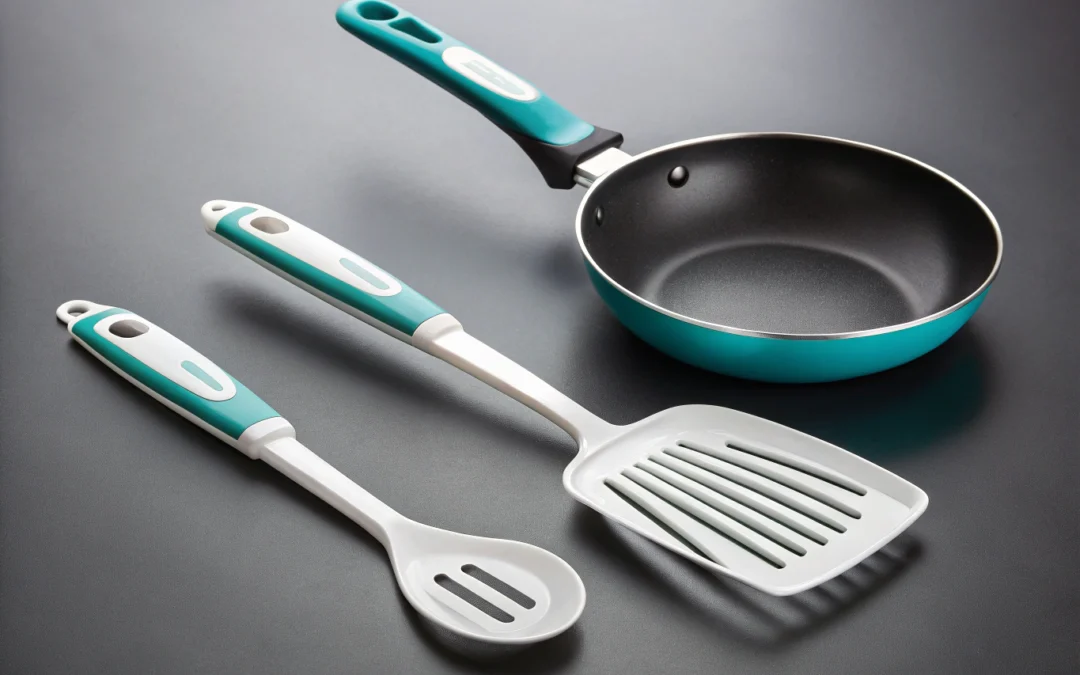Understanding the Difference Between a Spatula and a Turner
When it comes to cooking tools, the terms spatula vs turner are often used interchangeably. However, they refer to distinct utensils designed for specific tasks in the kitchen. Recognizing the differences can help home chefs select the right tool for their needs, leading to more efficient cooking and better results.
What Is a Spatula?
Design and Function
A spatula is typically a flat, flexible tool with a broad blade, often made of silicone, rubber, or metal. Its primary role is to scrape, spread, or lift food. Silicone spatulas, for example, excel at mixing ingredients, folding delicate items like egg whites, or scraping batter from bowls. Their flexibility allows for thorough cleaning of mixing bowls and jars, minimizing waste and ensuring every bit of batter or dough is used.
Common Uses
- Scraping bowls clean
- Spreading frosting or batter
- Folding ingredients gently
- Stirring sauces in non-stick pans
What Is a Turner?
Design and Function
The turner, sometimes called a spatula turner, is characterized by a flat, rigid blade with a handle, designed specifically to flip or turn foods. The blade’s rigidity and shape make it ideal for lifting items like burgers, pancakes, or fried eggs without breaking them apart. Turners often have a thin profile, enabling them to slide under delicate or sticky foods easily.
Common Uses
- Flipping pancakes, burgers, or eggs
- Transferring foods from pan to plate
- Handling foods that require turning or lifting
- Serving slices of cake or lasagna
Choosing the Right Tool for the Job
While both spatulas and turners are versatile in the kitchen, selecting the appropriate one depends on the task at hand. For mixing, scraping, or spreading, a spatula’s flexibility and broad surface make it the preferred choice. Conversely, when it’s time to flip or lift foods, a turner’s rigid, flat blade provides the control needed to handle delicate or heavy items without damage.
Factors to Consider When Selecting a Spatula or Turner
Material
Silicone spatulas are heat-resistant and gentle on non-stick surfaces, making them suitable for a variety of cooking tasks. Metal turners are durable and ideal for searing and flipping, though they may scratch certain cookware. Wood or plastic turners can also be options, especially for non-stick pans.
Size and Shape
The size of the blade should match your typical cooking tasks. Larger spatulas are better for mixing large batches, while smaller ones are more precise. Turners come in various widths; wider blades are helpful for flipping large items, while narrower ones allow for more delicate handling.
Actionable Recommendations
- Invest in a high-quality silicone spatula for versatile use in mixing and scraping.
- Choose a sturdy metal or heat-resistant plastic turner for flipping and lifting foods that require more control.
- Maintain your utensils by cleaning them properly and replacing worn or damaged tools to ensure safety and efficiency in your cooking routines.
Checkout ProductScope AI’s Studio (and get 200 free studio credits)

